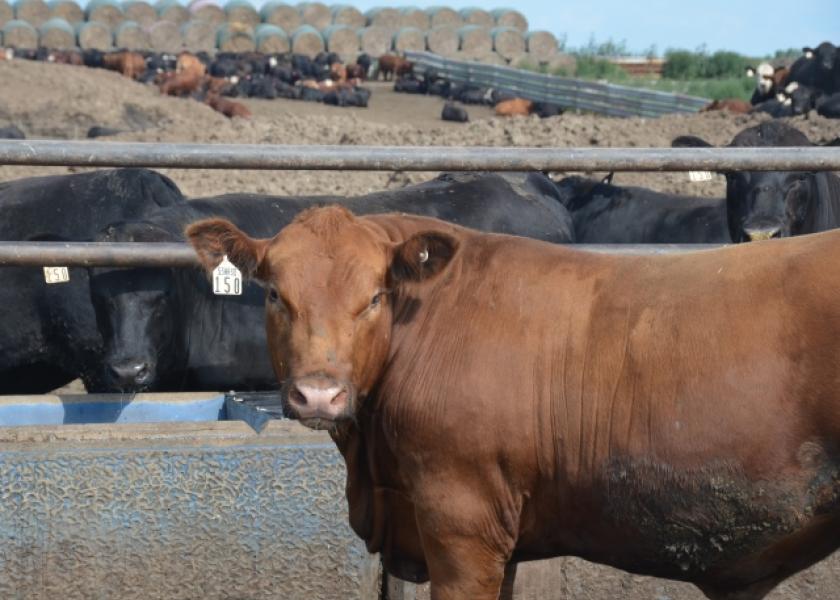Cattle Market Prices Continue to Feel Pressure

The cattle market has seen fluctuation, not only from the highs of two years ago but also from last fall when live cattle futures traded under a $1.
Every Tuesday night at the Lake Odessa Livestock Auction, feeder and fat cattle fill the barn.
The auction is placed in the middle of dairy country, an industry that has exploded Michigan. The central part of the state is seeing growth in numbers, but a decrease in Holstein prices.
“Steers a year and a half ago were $1.40,” said Tom Rademacher, a producer from Eagle, Mich. “Now, they’re roughly 80 cents. Guys are losing money big time.”
Vern Lettinga, owner of the Lake Odessa Livestock Auction, has been in the business for decades. He says the attitudes haven’t improved, no matter what’s selling.
“The price of feeder cattle are low compared to a year ago,” said Lettinga. “A lot of producers are not receiving back what they did for feeder cattle. The mood of the farmer today is very discouraging.”
"We’ve seen packers have a bit of beef already forward contracted, which is why we've seen some tightness in the beef supply here up front,” said Craig VanDyke, senior risk manager with Top Third Ag Marketing. “That's why we're seeing cash head steadily higher. They do have a lack of cattle forward contracted into the March timeframe.”
VanDyke says the market has some potential steam if the tightness remains.
“I would probably put fat cattle at $1.30 on the high side,” said VanDyke. “That’s over the next quarter if we continue to see product move and we continue to see the tightness move forward in the spring. I also don’t doubt we could be down to a buck.”
However, he questions how quickly that risk could happen.
"The deferred months are saying we're not going to be much above a buck by the time summer comes around,” said VanDyke.
So far, business is tight for a lot of sale barns.
“Our numbers have been holding pretty steady,” said Lettinga. “That’s numbers of cattle coming through. Our return to operate this sale has been down about 35 percent. That doesn’t leave us much money to operate on.”
The steady cattle volume is welcome by local buyers.
John Tiemeyer, a livestock buyer, says cattle were $2 to $3 higher per cwt on a January evening due to weather.
“On the higher market, we’re able to get more money with the cattle we sell,” said Tiemeyer. “If you don’t buy cattle, you can’t make any money.”
He has seen his share of volatility over the last couple of months.
“We’ve seen swings from one day to the next at $5/cwt in meat—that’s extreme,” said Tiemeyer.
Despite those prices, buyers, sellers and spectators will continue to gather to bid because it’s more than a occupation, it’s a livelihood.
“I’ve been at this all my life,” said Lettinga. “As long as I’m healthy enough to be here, I’ll be here,” said Lettinga.
Lettinga says he feels the finishing cattle and cow-calf businesses are impacted the most. He says there needs to be more packing houses in Michigan to help with the Holstein population.







